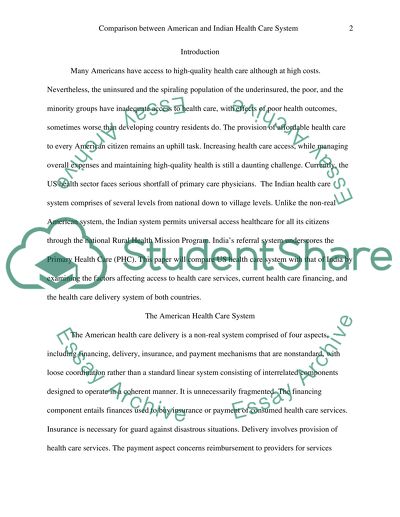Cite this document
(“Comparison between American and Indian Health Care System Research Paper”, n.d.)
Comparison between American and Indian Health Care System Research Paper. Retrieved from https://studentshare.org/health-sciences-medicine/1452314-compare-and-contrast-the-us-health-care-system
Comparison between American and Indian Health Care System Research Paper. Retrieved from https://studentshare.org/health-sciences-medicine/1452314-compare-and-contrast-the-us-health-care-system
(Comparison Between American and Indian Health Care System Research Paper)
Comparison Between American and Indian Health Care System Research Paper. https://studentshare.org/health-sciences-medicine/1452314-compare-and-contrast-the-us-health-care-system.
Comparison Between American and Indian Health Care System Research Paper. https://studentshare.org/health-sciences-medicine/1452314-compare-and-contrast-the-us-health-care-system.
“Comparison Between American and Indian Health Care System Research Paper”, n.d. https://studentshare.org/health-sciences-medicine/1452314-compare-and-contrast-the-us-health-care-system.


